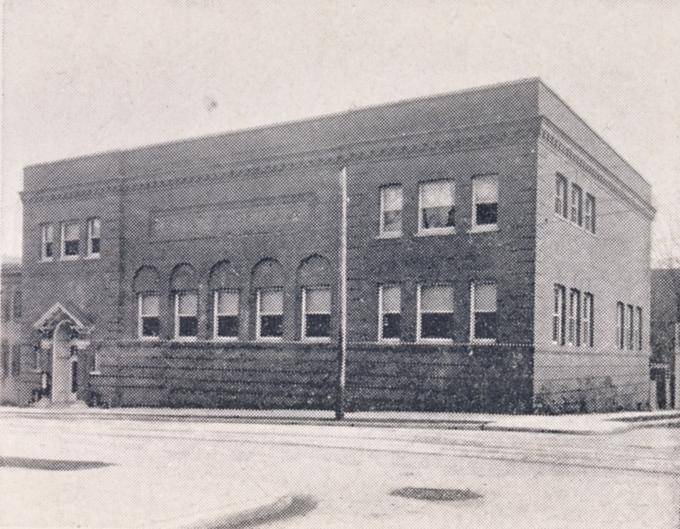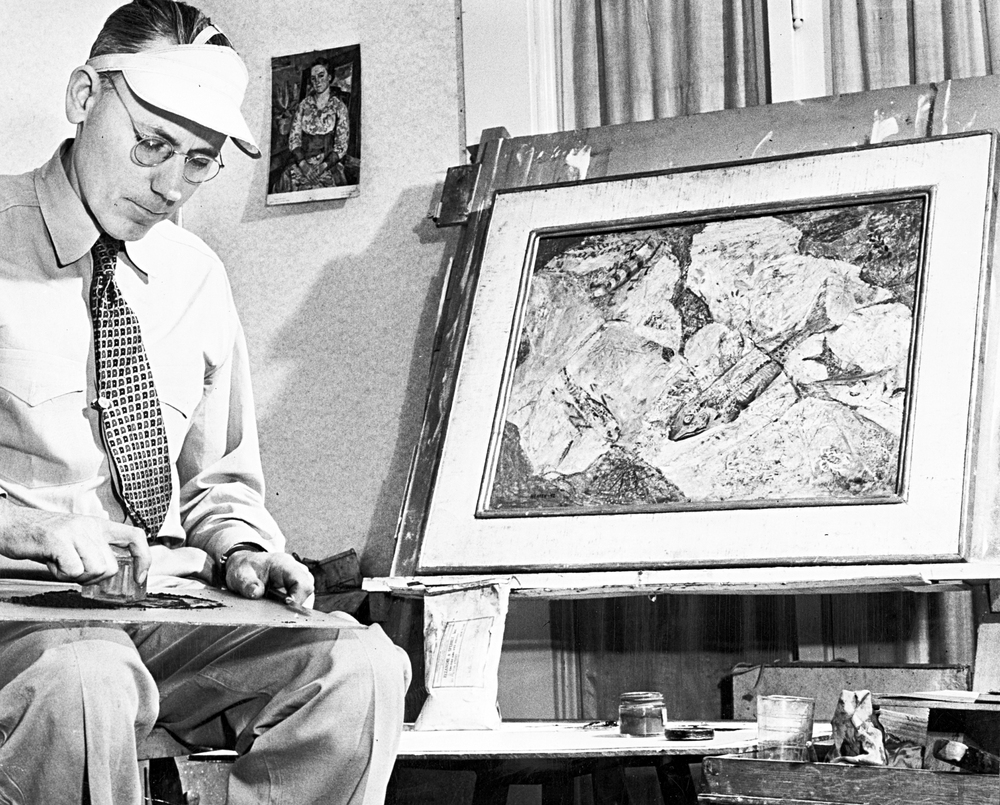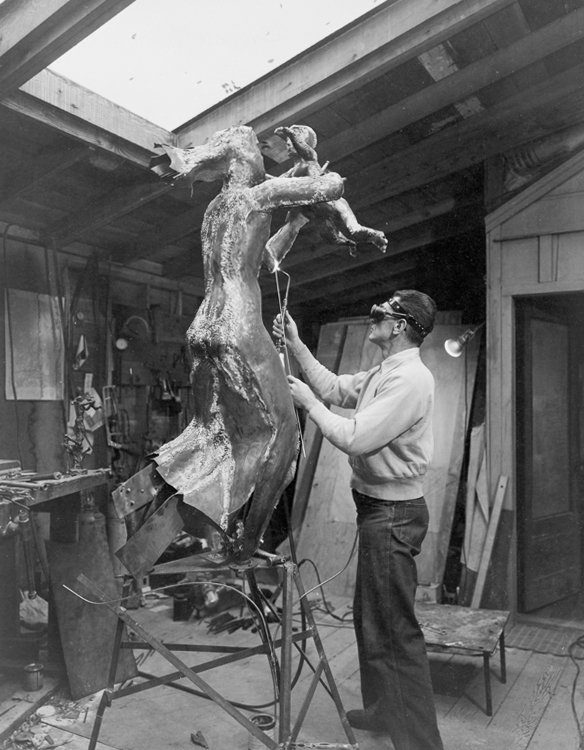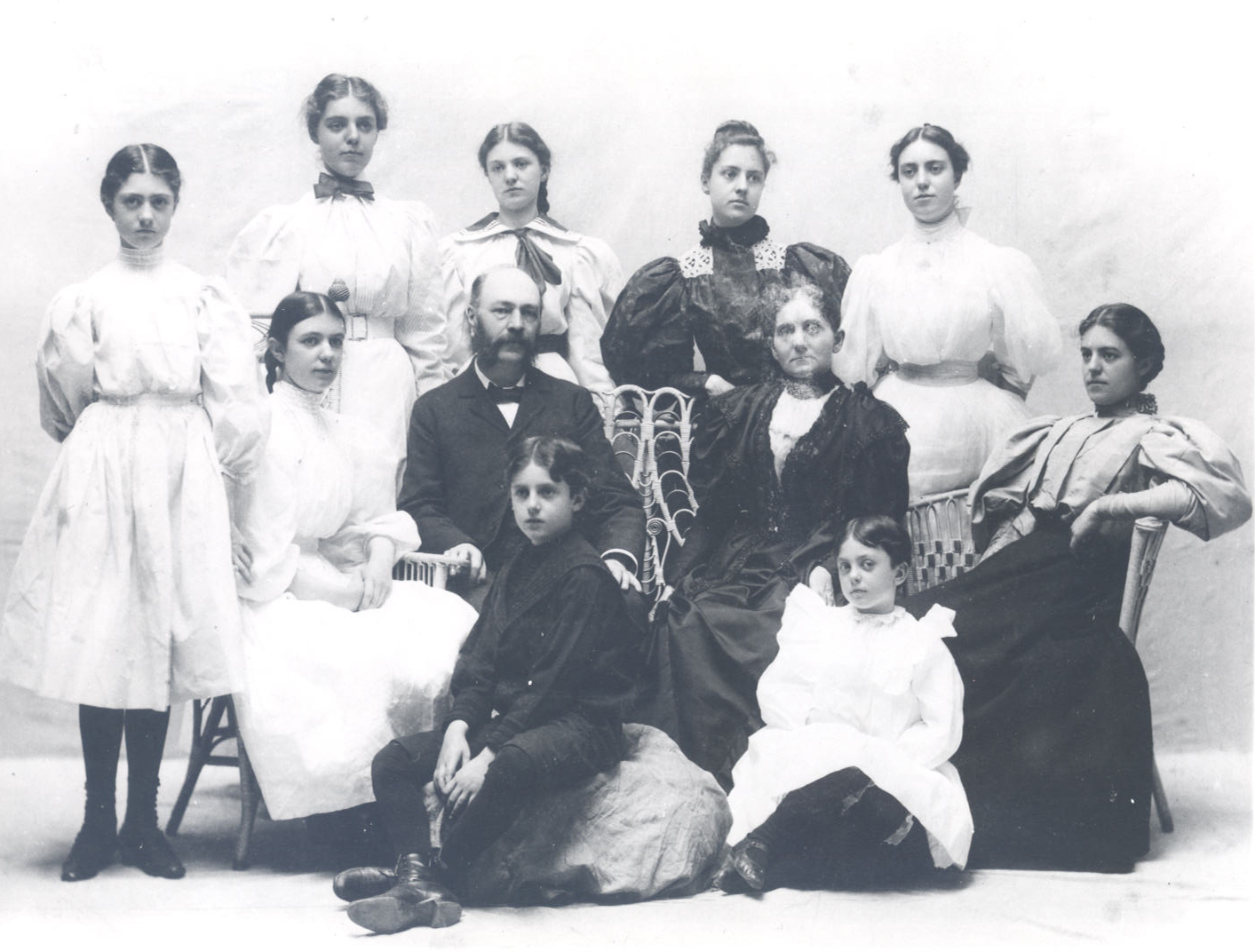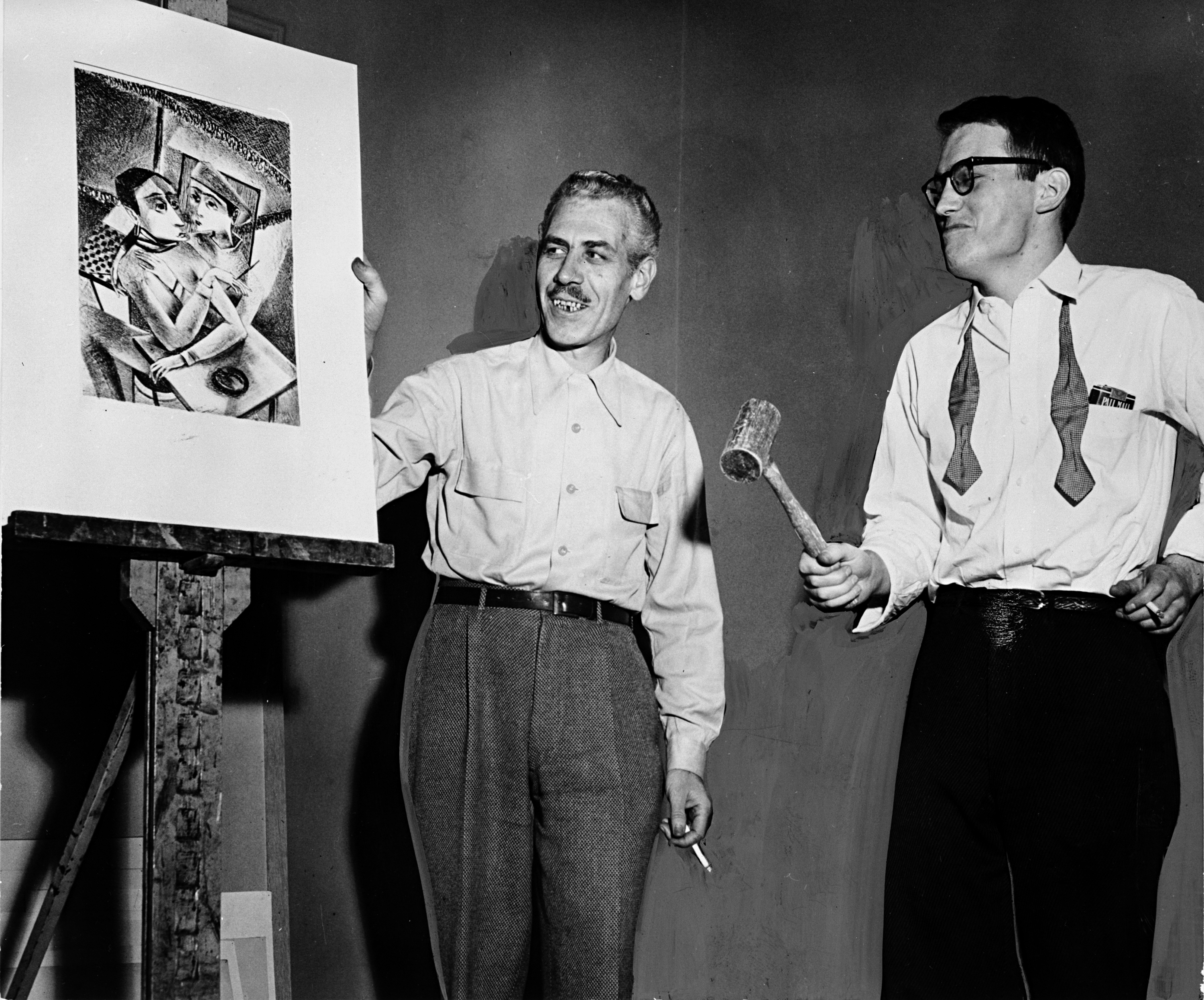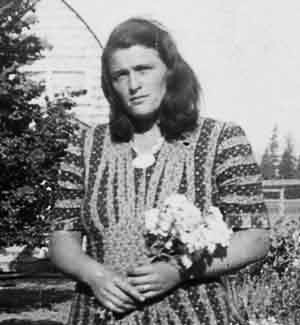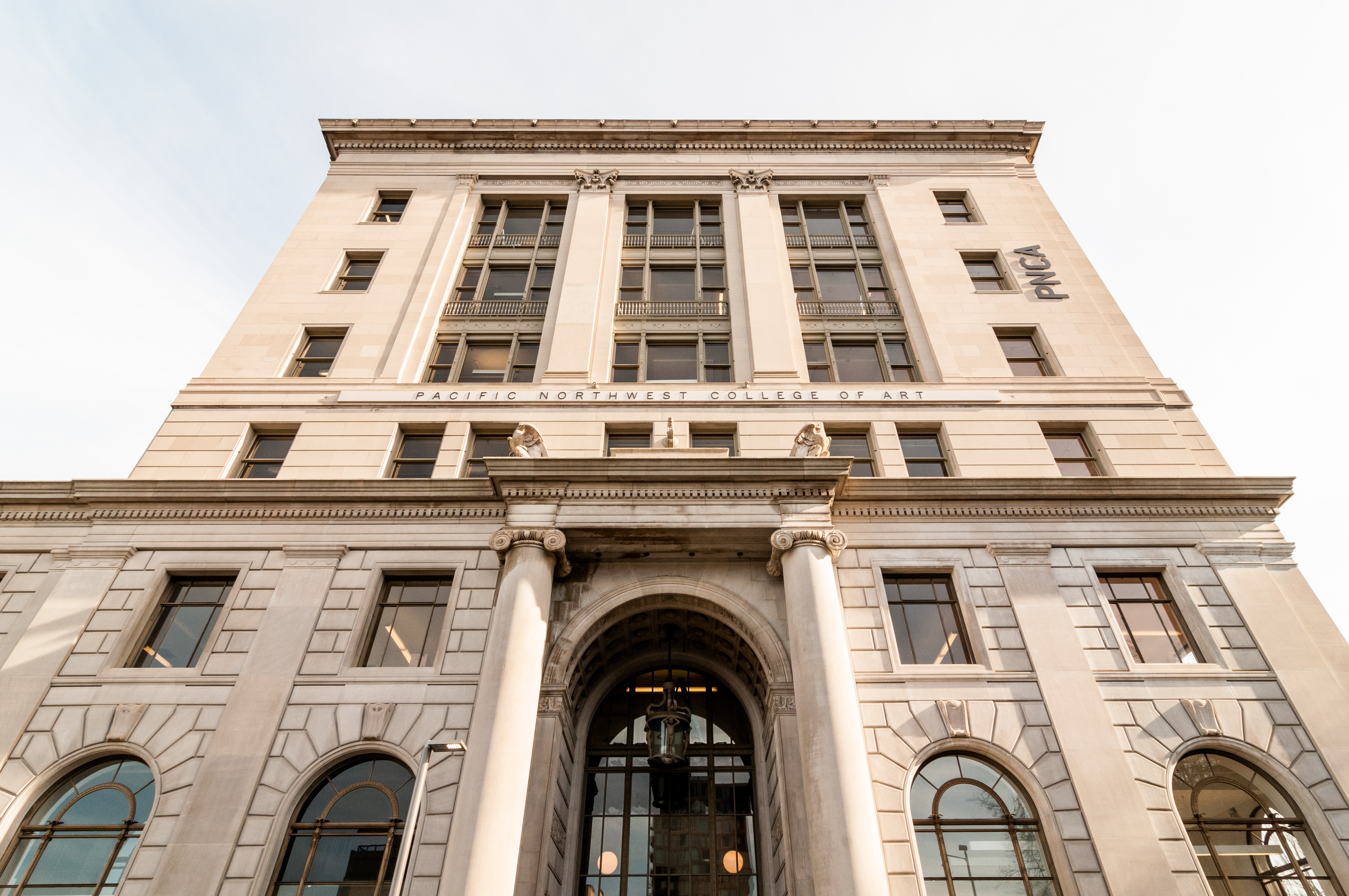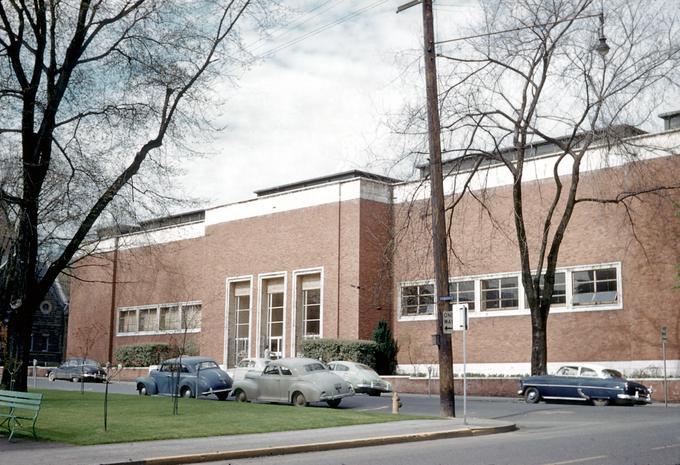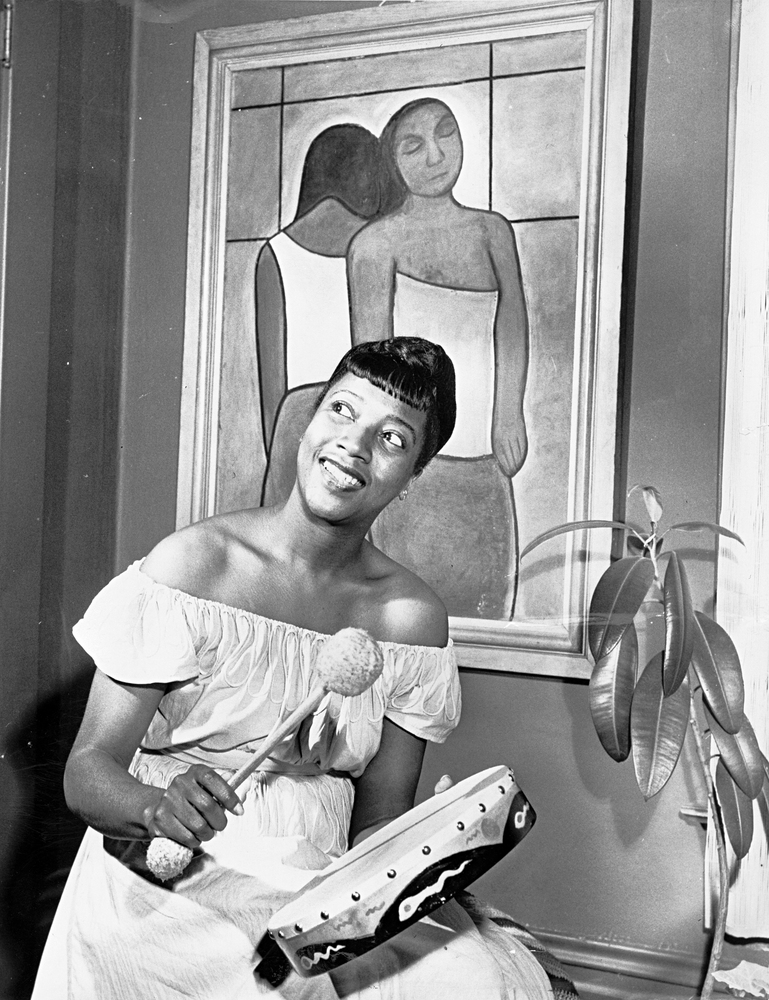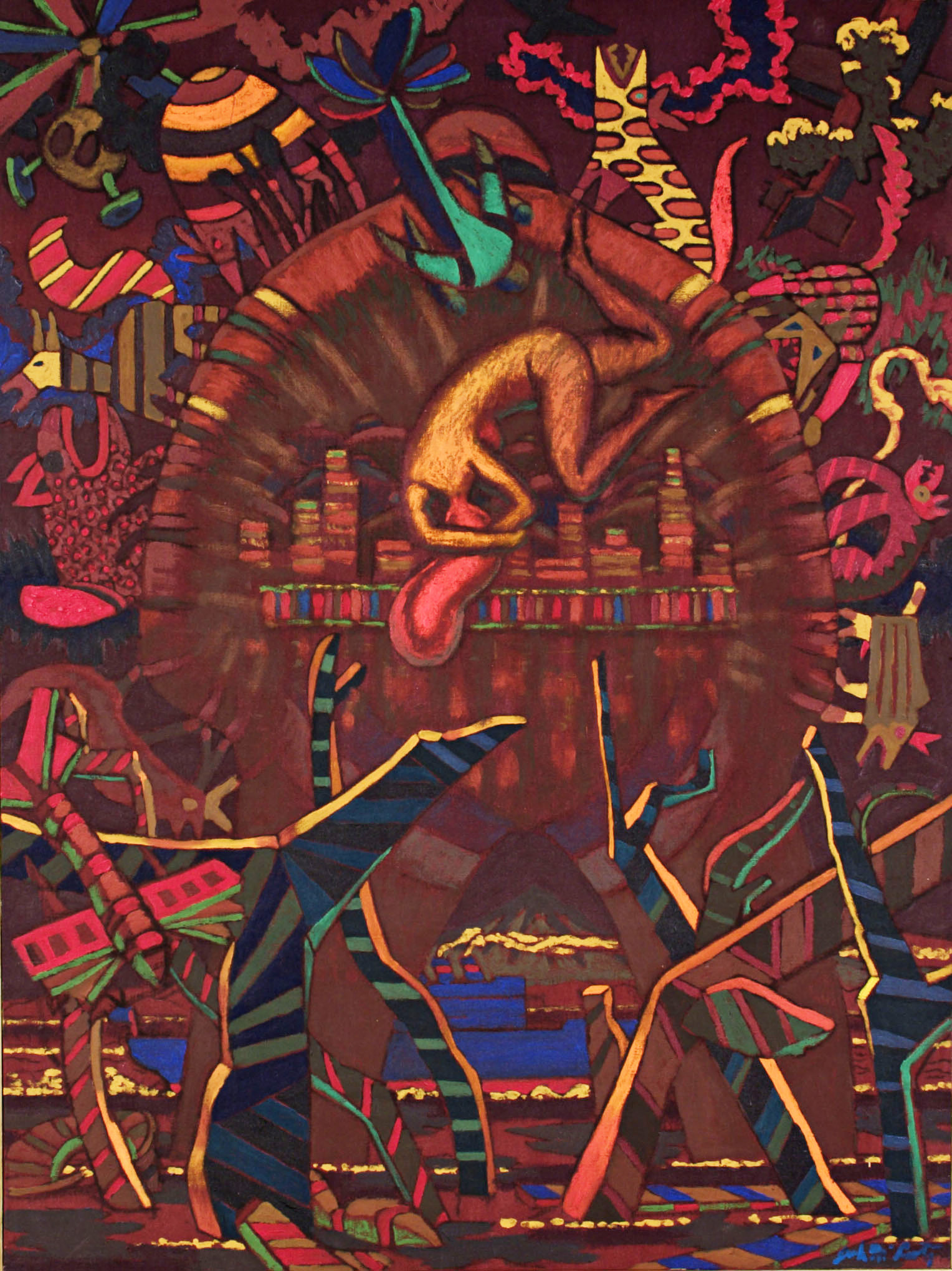In October 1909, the Portland Art Association (PAA) opened its school, at the time the Pacific Northwest’s most significant education program in the studio arts. In 1933, it was named the Museum Art School (MAS). The Art School, as it was called, complemented the burgeoning museum efforts of the seventeen-year-old PAA and created the region’s first museum art school, similar to programs in eastern cities in the late nineteenth century. Three individuals were particularly active in promoting the development of art education programs and, especially, of a formal Art School: Unitarian minister Thomas Lamb Eliot; PAA’s first curator, Henrietta Henderson Failing; and Portland Arts and Craft Society founder, Julia Christianson Hoffman.
During MAS’s first three decades, its educational programs were in significant measure shaped by two Portland artists: Anna Belle Crocker, who served as PAA curator and lecturer and director of the Art School (1909-1936), and Henry (Harry) Frederick Wentz, who was the school’s senior instructor (1910-1941). Clara Jane Stephens (1917-1938) and Leta Marietta Kennedy (1920-21 and 1922-1972) were also notable instructors during that period, and Henrietta Henderson Failing was a lecturer in art history (1910-1940) and acting museum director (1939).
Operating in the PAA’s modest museum building on Southwest Fifth and Taylor Streets, the Art School offered day and evening classes for adult students and Saturday classes for children and youth. The adult program provided training in the studio arts, with courses in drawing and painting as well as in graphic art and design, ceramics, woodworking, and textile arts. Adult students who were enrolled fulltime had the option of completing a three-year certificate in preparation for arts-related careers, teaching, or further studio study at East Coast or European art schools and institutions. Third-year students interested in teaching careers served as assistants in adult and children’s classes. Beginning in 1926, a five-year degree for elementary and secondary school teaching was offered jointly with Reed College.
Enrollment in the Art School typically exceeded 100 adults a year well into the Depression years, although many students enrolled only in a single course. All but four of the fifty-two students who had completed a certificate by 1946 were women from Portland and surrounding areas. During the Art School’s early decades, students Pietro Belluschi, Ruth Elise Halvorsen, Thelma Johnson Streat, and Joshua C. Taylor enrolled in the program for limited periods of study, but none completed the three-year certificate. MAS students also included many of Portland’s most recognized artists and art educators: Louis Bunce, Martina Gangle, William Givler, Rachael Griffin, Charles Edward Heaney, Clementine E. Hoff, Leta Kennedy, Douglas Lynch, Jack McLarty, and brothers Albert and Arthur Runquist.
To improve its facilities, in 1930 PAA acquired what was then known as the Ladd School block on Southwest Park Street, the location of the Portland Art Museum today. The Art School moved into the renovated building in the fall of 1931, and the Museum followed when a new building was opened a year later. The organization’s growth slowed with the hardships of the Great Depression, however, which brought unsuccessful efforts to secure public funding for the school, the discontinuation of PAA’s docent program with Portland Public Schools, and diminished enrollment in MAS. By the late 1930s, a series of bequests had improved the PAA’s financial position, facilitating the addition of a second wing to the museum and renovations to the school building.
Enrollment flourished under the 1944 GI Bill and the rapidly growing demand for post-secondary education. At a time when most associations between art schools and museums had ceased to exist, MAS prospered under a 1944 agreement with the Oregon State Board of Higher Education, through which the school offered evening adult classes to students of the Portland Extension Center, the precursor to Portland State University. The school also served as the art program for students matriculating at other local institutions, including Cascade College, Lewis & Clark College, Multnomah College, and Reed College.
At the same time, MAS’s fulltime program was decisively advanced by William Givler, who had been a student in the 1920s. He was appointed as instructor in 1931 and then as MAS’s first dean in 1946, a position he held until his retirement in 1973. Givler expanded the course offerings and, in 1947, changed the three-year certificate to a four-year degree, consistent with the standard for undergraduate study elsewhere. To meet the need that came with enrollment growth, a number of new instructors joined the faculty, including Manuel Izquierdo, George Johanson, Frederic Littman, Hilda Morris, Lloyd Reynolds, Michele Russo, and Dorothy Yezerski (the director of MAS’s children’s program from 1953 to 1976), as well as several of the school’s graduates. By 1948, the school boasted 83 fulltime students in its day program, 884 students in its evening program, and 418 students in its children’s program.
Regional prosperity, population growth, and increased interest in post-secondary art study sustained this development even after veterans’ enrollments dropped off. In 1961, MAS received accreditation to offer a bachelor of fine arts degree; it celebrated its first class of graduates in 1969. To improve its position as a post-secondary educational organization, MAS was renamed Pacific Northwest College of Art in 1981. PNCA formed a board of trustees in 1991, gained institutional independence in 1994, and relocated to Portland’s Pearl District in 1998. In 2021, PNCA merged with Willamette University (Salem) as an independent college within the university, maintaining its Portland campus.
-
![]()
Portland Art Museum, SW 5th and Taylor St., 1908.
Courtesy University of Oregon Libraries, Building Oregon coll
Related Entries
-
![Anna Belle Crocker (1867–1961)]()
Anna Belle Crocker (1867–1961)
Anna Belle Crocker was curator of the Portland Art Association’s museum…
-
![Charles Edward Heaney (1897-1981)]()
Charles Edward Heaney (1897-1981)
Charles Heaney was a printmaker and painter in Oregon for nearly sixty …
-
![Frederic Littman (1907-1979)]()
Frederic Littman (1907-1979)
Frederic Littman may have single-handedly revived the fine art of sculp…
-
![Henrietta Henderson Failing (1868-1953)]()
Henrietta Henderson Failing (1868-1953)
Henrietta Henderson Failing (1868-1953) was a pioneering leader of the …
-
![Louis Bunce (1907-1983)]()
Louis Bunce (1907-1983)
Louis Bunce, a major painter and printmaker beginning in the 1930s, is …
-
![Manuel Izquierdo (1925 - 2009)]()
Manuel Izquierdo (1925 - 2009)
Manuel Izquierdo, who arrived in Portland in 1942 as a teenaged refugee…
-
![Martina Gangle Curl (1906 - 1994)]()
Martina Gangle Curl (1906 - 1994)
Martina Gangle Curl was a painter, printmaker, and woodcarver who creat…
-
![Pacific Northwest College of Art]()
Pacific Northwest College of Art
Pacific Northwest College of Art (PNCA), founded in 1909 by the Portlan…
-
![Pietro Belluschi (1899-1994)]()
Pietro Belluschi (1899-1994)
Pietro Belluschi of Portland was an internationally known architect and…
-
![Portland Art Association]()
Portland Art Association
The Portland Art Association (PAA) was organized on December 12, 1892, …
-
![Portland Art Museum]()
Portland Art Museum
The Portland Art Museum, which opened in 1895 in the city library with …
-
![Rachael Griffin (1906-1983)]()
Rachael Griffin (1906-1983)
Rachael Griffin, educator and curator, is recognized for encouraging lo…
-
![Thelma Johnson Streat (1912-1959)]()
Thelma Johnson Streat (1912-1959)
Thelma Johnson Streat was a multi-talented African American artist who …
-
![Thomas Lamb Eliot (1841-1936)]()
Thomas Lamb Eliot (1841-1936)
Thomas Lamb Eliot was one of the most influential clergymen in the hist…
-
![William Givler (1908-2000)]()
William Givler (1908-2000)
William Givler was an artist and educator who joined the faculty of the…
-
![William James (Jack) McLarty (1919-2011)]()
William James (Jack) McLarty (1919-2011)
William James “Jack” McLarty, one of Oregon’s veteran modern painters, …
Map This on the Oregon History WayFinder
The Oregon History Wayfinder is an interactive map that identifies significant places, people, and events in Oregon history.
Further Reading
Allen, Ginny and Jody Klevit, eds. Oregon Painters. Portland: Oregon Historical Society Press, 1999.
Efland, Arthur D. A History of Art Education. Intellectual and Social Currents in Teaching the Visual Art. New York: Teachers College Press, Columbia University, 1990.
Griffin, Rachael. “Portland and Its Environs.” In Art of the Pacific Northwest: From the 1930s to the Present, 18-23. Washington, D.C.: Smithsonian, 1974.

